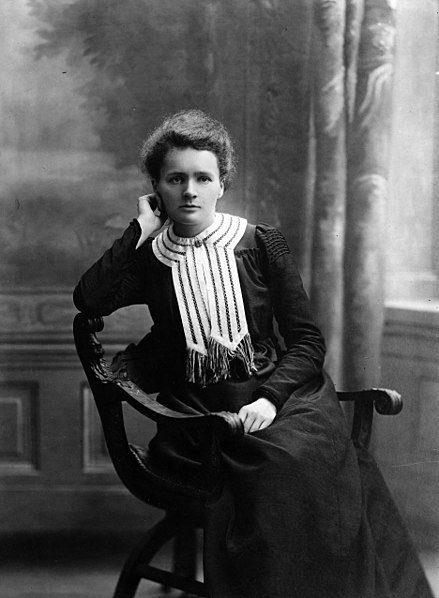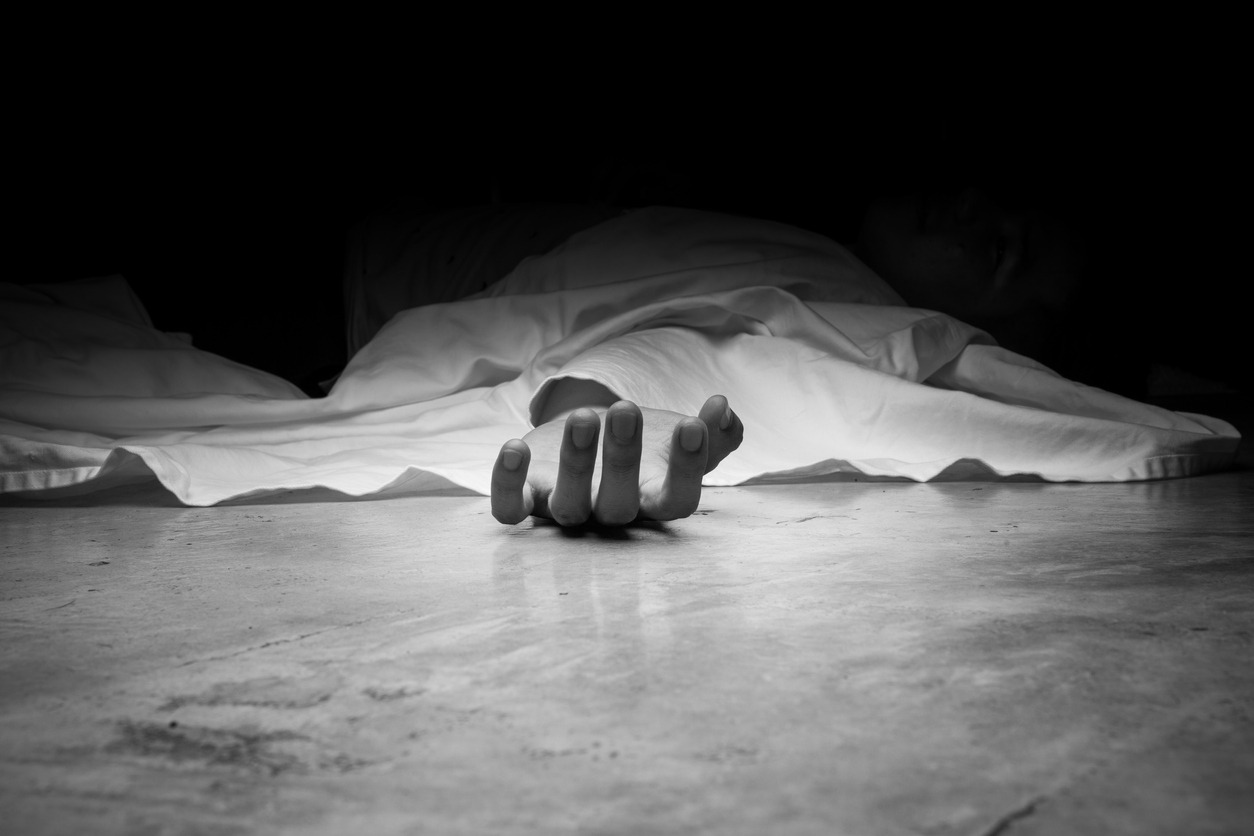In this article, we’re going to explore some of the most bizarre deaths that have occurred throughout history. These are not your typical historical tales because they’re about people who met their end in the most unusual and unexpected ways imaginable. From ancient times to the modern era, these stories show just how strange and unpredictable life can be.
As we discover these peculiar narratives, we’ll see that even in death, the unexpected can happen. These accounts range from the slightly odd to the downright unbelievable, but all of them are true. So, get ready to be surprised and maybe even a little amused as we look at the most bizarre deaths in history.
Ancient and Mythical Deaths
Let us first discover the archives of ancient history and mythology, where the line between reality and legend often blurs, revealing some of the most peculiar demises known to humankind.
The Curious Case of Aeschylus
The first story takes us back to ancient Greece, where Aeschylus, a famous playwright, met an end as dramatic as his plays. Legend has it that he died in 455 BC when an eagle, mistaking his bald head for a rock, dropped a tortoise on it. This bizarre death highlights not only the unpredictability of life but also the peculiar beliefs of the times.
Draco’s Overwhelming Popularity
Next, we visit ancient Athens to recount the death of Draco, an Athenian lawmaker known for his harsh legal codes. It’s said that he was smothered to death by gifts of cloaks showered upon him by his supporters in a theater. This incident, whether fact or embellished over time, paints a vivid picture of the customs and practices of ancient societies.
Cleopatra’s Mysterious End
Moving to ancient Egypt, we encounter the enigmatic death of Cleopatra, one of history’s most famous figures. While it’s commonly believed that she died from a venomous snake bite, some theories suggest alternative methods of suicide, such as a toxic ointment or a sharp instrument. Her death remains shrouded in mystery, reflecting the blend of history and myth that characterizes ancient times.
The Bizarre Death of Chrysippus
This tale from ancient Greece revolves around Chrysippus, a philosopher who is said to have died of laughter after seeing a donkey eat figs. Whether true or exaggerated, this story reflects the ancients’ attempts to rationalize the inexplicable, often attributing unusual deaths to the whims of fate or the gods.
The Fate of Arrichion
Our final story in this section is about Arrichion, an ancient Olympic pankration athlete. He died during a match but was posthumously declared the winner, as his opponent surrendered right after Arrichion’s fatal injury. This story not only highlights the brutal nature of ancient sports but also underscores the importance placed on victory and honor in ancient cultures.
These ancient and mythical deaths, whether steeped in truth or colored by legend, offer a fascinating glimpse into the beliefs, cultures, and values of early civilizations. They remind us that the human fascination with death and the afterlife is as old as civilization itself.
Medieval and Renaissance Oddities
Let us also discuss the intriguing world of the Middle Ages and the Renaissance, where historical records blend with folklore, giving rise to some of the most unusual tales of demise.
The Malmsey Wine Mystery of George Plantagenet
Our journey begins with the peculiar story of George Plantagenet, Duke of Clarence. In 1478, he was executed for treason against his brother, King Edward IV of England. Legend has it that he chose to be drowned in a barrel of Malmsey wine. This story, while possibly apocryphal, illustrates the extravagance and brutality of medieval politics.
Tycho Brahe’s Fatal Banquet
Next, we explore the bizarre end of the famed Danish astronomer Tycho Brahe. Known for his precise astronomical observations, Brahe’s death in 1601 is shrouded in mystery. It is said that he died of a bladder ailment after politely refusing to leave a banquet to relieve himself, adhering to the strict social etiquette of the time. This incident highlights the often strange intersection of social norms and personal health in history.
The Laughing Death of Pietro Aretino
Moving to Renaissance Italy, we encounter the story of Pietro Aretino, a notorious satirist and playwright. He reportedly died in 1556 from suffocation or apoplexy after laughing too heartily at an indecent joke. Whether true or not, Aretino’s alleged mode of death fittingly mirrors the flamboyant and unrestrained nature of his life and work.
The Explosive Demise of King Henry VIII’s Chef
In a more bizarre twist of fate, one of King Henry VIII’s chefs met a fiery end due to an accidental explosion of gunpowder in the kitchen. This incident, while tragic, underscores the hazardous and often unpredictable working conditions of the time.
The Irony of Hans Staininger’s Beard
In a peculiar turn of events, Hans Staininger, the burgomaster of Braunau, reportedly died after tripping over his own four-and-a-half-foot-long beard. He usually kept it rolled up in a leather pouch, but one day, he left it loose, leading to his fatal fall. This oddity serves as a curious footnote in history, illustrating how even personal grooming habits can have unexpected consequences.
These stories from the Medieval and Renaissance periods, whether entirely factual or embellished over time, paint a vivid picture of a time when life was often harsh, unpredictable, and strangely fascinating. They serve as a reminder of the unique blend of myth and reality that characterizes historical storytelling from these eras.
Strange Deaths in the Modern Era
Let us now turn our attention to the modern era, a period marked by rapid advancements in science, industry, and culture. Yet, even in these times of progress, there are deaths that stand out for their sheer peculiarity.
Franz Reichelt’s Leap of Faith
We start with the ill-fated tale of Franz Reichelt, also known as the “Flying Tailor.” In 1912, Reichelt attempted to test his invention, a parachute suit, by jumping off the Eiffel Tower. Tragically, the suit failed, and Reichelt plummeted to his death. This incident is a stark reminder of the fine line between genius and folly that characterizes many inventions.
The Bizarre End of Grigori Rasputin
The death of Grigori Rasputin in 1916 is one of the most sensational stories of the 20th century. The Russian mystic, who held considerable influence over the last Tsar of Russia, was reportedly poisoned, shot, and finally drowned. The extent of the truth in this tale is debated, but it certainly captures the turbulent political climate of the era and the intrigue surrounding Rasputin’s enigmatic figure.
The Radioactive Demise of Marie Curie
Marie Curie, a pioneer in radioactivity and the first woman to win a Nobel Prize, died in 1934 from aplastic anemia, a disease linked to her prolonged exposure to radiation. Her death highlights the unforeseen risks that can accompany scientific discovery and progress.
The Unlikely Death of Isadora Duncan
In 1927, Isadora Duncan, an acclaimed dancer, met an unusual end when her scarf got entangled in the wheel of a convertible car, strangling her instantly. This tragic accident underlines the random and unforeseen nature of accidents, even in an age of increasing technological safety.
Alan Stacey’s Fatal Crash
In 1960, Formula One driver Alan Stacey crashed and died during the Belgian Grand Prix. Reports suggest that he was hit in the face by a bird while driving at high speed, which led to the crash. This incident is a striking example of how random and unpredictable life can be, even with the best training and preparation.
These stories from the modern era, each unique in its context and circumstances, demonstrate that no matter the advancements in technology and society, the unpredictability of life and death remains a constant. They serve as reminders of the fragility of life and the unexpected ways in which it can end, even in times of great progress and discovery.
Contemporary Curiosities
In this part, we will move on to the most recent chapter of our history, where advancements in technology and media have brought to light some of the most unusual and astonishing deaths. These contemporary tales not only demonstrate the unpredictability of life but also reflect the complexities of our current society.
The Laughing Death
One of the most curious modern deaths is that of a man who reportedly died from laughter while watching a comedy show on TV in 1975. His heart failed after 25 minutes of continuous laughter. This incident, while tragic, highlights the often-overlooked power of human emotions and their physical impact.
Death by Video Game Marathon
In a more recent case from the 21st century, a teenager in Asia died after playing video games for several days without taking significant breaks. This extreme example of gaming addiction underscores the potential health risks associated with digital entertainment and the importance of moderation in our increasingly digital world.
The Segway Company Owner’s Irony
In a tragic twist of fate, the owner of the Segway company, Jimi Heselden, died in 2010 after accidentally driving his Segway off a cliff. This incident is particularly ironic given his association with the brand and serves as a stark reminder of the unpredictability of life.
Selfie Tragedy
The rise of social media has brought about a new kind of risk, as demonstrated by several individuals who have lost their lives while attempting dangerous selfies. From falling off cliffs to accidental drownings, these incidents reflect the growing influence of social media on our behavior and the sometimes-fatal pursuit of the perfect picture.
Death by Meteorite
Though unconfirmed, there was a reported case of a man in India who might have been killed by a meteorite in 2016. If true, this would be the first recorded death by a meteorite in modern history, highlighting the vast and unpredictable nature of the universe.
These contemporary stories, while diverse, share a common thread – they are stark reminders of the unexpected ways in which life can end, even in an age of unparalleled technological advancement and medical knowledge. They also reflect the changing nature of the risks we face in the modern world, from the dangers of technology to the unforeseen perils of everyday life.
Reflection on the Nature of These Deaths
After exploring some of the most bizarre deaths in history, let us also step back and reflect on the overarching themes and implications of these stories. While they are unique in their contexts, they collectively offer profound insights into the human experience and our understanding of life and death.
- The unpredictability of Life: One of the most striking aspects of these stories is the sheer unpredictability of life. From ancient philosophers to modern entertainers, the sudden and unusual nature of these deaths reminds us that life can take unexpected turns, regardless of era or status.
- Cultural and Historical Context: Each bizarre death provides a window into the cultural and historical context of the time. For instance, the death of a Greek playwright due to a falling tortoise reflects ancient beliefs and myths, while the demise of a modern individual while taking a selfie speaks volumes about today’s digital culture and its impact on behavior.
- Human Fascination with the Macabre: These stories also highlight humanity’s enduring fascination with death, especially under unusual circumstances. This interest often reflects deeper questions about our own mortality and the mysteries surrounding the end of life.
- Moral and Ethical Considerations: Some of these deaths, particularly in the modern era, raise important moral and ethical questions. The impact of technology, the consequences of our actions, and the balance between progress and safety are themes that emerge from these narratives.
- The Role of Chance and Fate: These unusual deaths also bring into focus the role of chance and fate in human life. Whether it’s an ancient ruler’s untimely demise or a contemporary accident, the randomness of these events challenges our need for control and predictability.
- Reflection on Legacy and Memory: Finally, how these individuals are remembered posthumously – whether with reverence, curiosity, or as cautionary tales – underscores the complex ways in which we memorialize and interpret the past. It shows how death, especially under bizarre circumstances, can shape and even overshadow a person’s legacy.
The exploration of history’s most bizarre deaths is more than just a catalog of oddities. It’s a journey through time that offers valuable perspectives on human nature, societal norms, and our collective relationship with the inevitable – death. These stories encourage us to ponder the fragility of life and the myriad ways in which our existence can be remembered.
Conclusion
This journey through history’s most bizarre deaths reveals that no matter the era, the end of life can come in the most unexpected ways. These stories, ranging from ancient times to the present day, not only provide a glimpse into different cultures and periods but also remind us of the unpredictable nature of life. They show that death, a universal part of the human experience, can sometimes be as strange and inexplicable as life itself. As we reflect on these unusual tales, we’re reminded to appreciate the fragility and unpredictability of our own lives.





